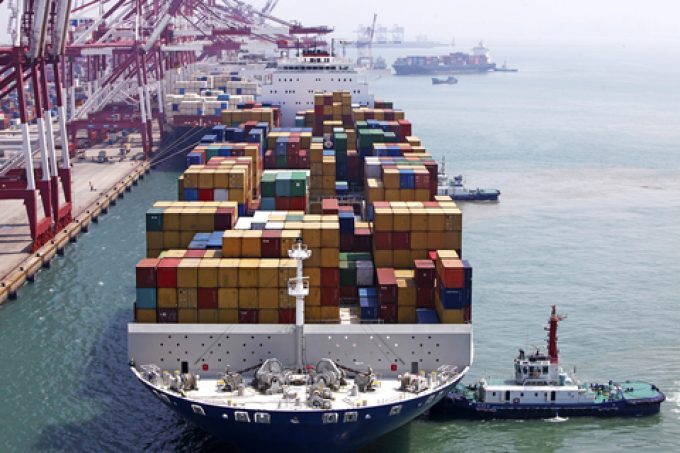MSC revamps east-west network as alliance strategies on blanking vary
As container lines try to manage capacity in the face of wild swings in short-term ...

Container spot rates are tumbling – and there are no signs of the usual pre-peak season turbo boost.
Drewry’s WCI index was a sea of red this week; its composite index shed another 3% for a year-on-year decline of 16%.
“Not only are rates continuing downwards, but they are also failing to exhibit the beginning of the seasonal uptick we see under normal circumstances,” said Lars Jensen, CEO of Vespucci Maritime.
The analyst said the continued decline in spot rates on the Asia-Europe ...
Keep our news independent, by supporting The Loadstar
Volume surge and an early peak season? 'Don't celebrate too soon,' warning
Container spot rates diverge: to Europe still falling, but firmer to the US
Hapag-Lloyd won't take bookings if port congestion leaves cargo stranded
Ecommerce likely the front-runner in resurge of transpacific trade after deal
China-US trade tariff pause could drive a rebound for transpacific rates
Shippers should check out the 'small print' in China-US tariff cuts
Service chaos from trade ban with India a problem for Pakistan shippers
Airfreight rates ex-China 'loss-making', but hopes of a trade deal stay high
Carriers impose 'emergency operation' surcharges on Pakistan cargo
Serious threat to jobs in US logistics as tariffs cause economic 'stagflation'
15% rebate for box ships as Suez Canal Authority woos carriers
White House u-turns see freighters flying but keep logistics players on their toes
MSC in terminal switch as Nhava Sheva gets strong start to new fiscal year
Peak season or recession? Forwarders and shippers need to 'stay flexible'
Volga-Dnepr claims 'pirate' Canada has 'hijacked' its stranded aircraft


Comment on this article